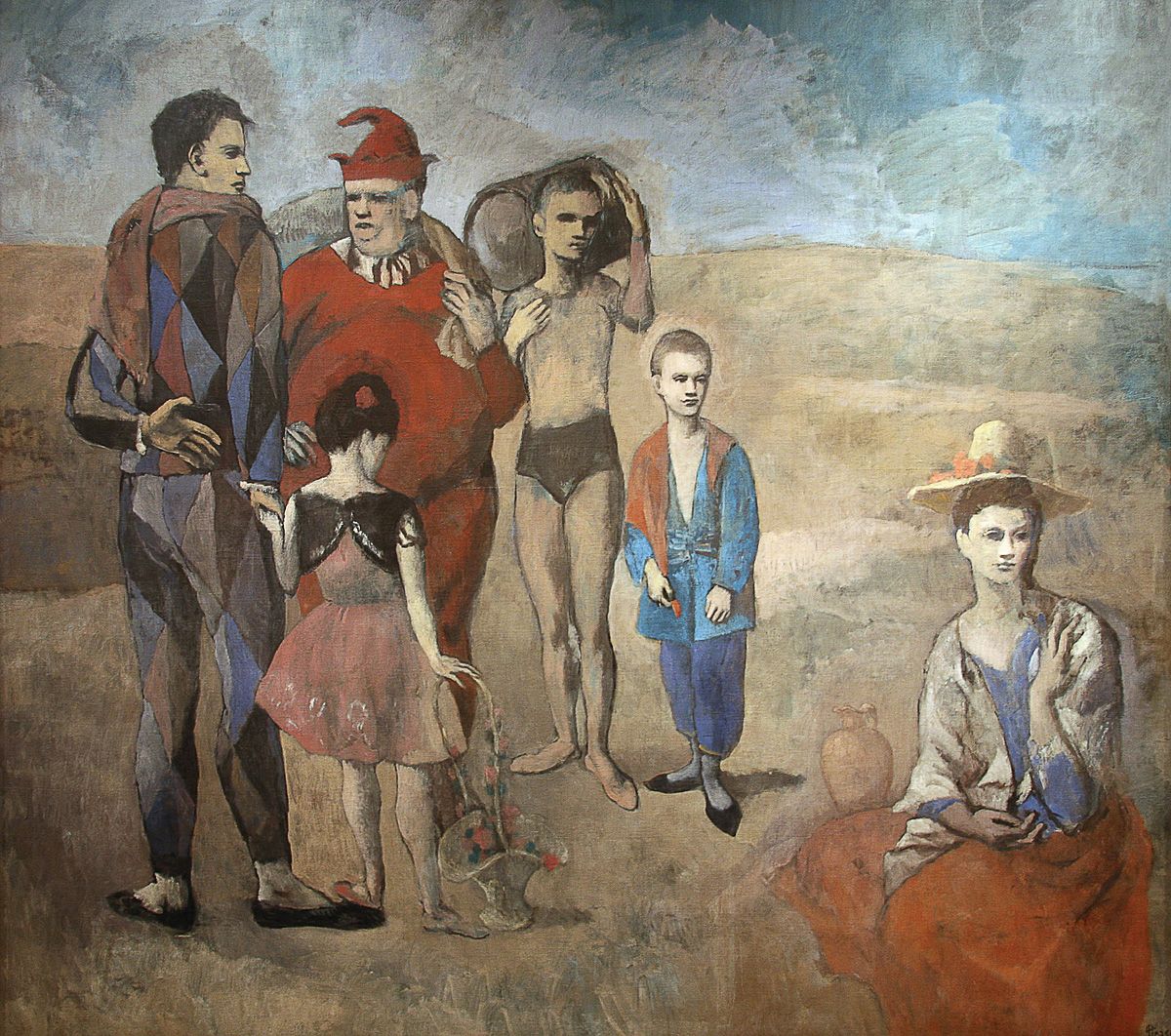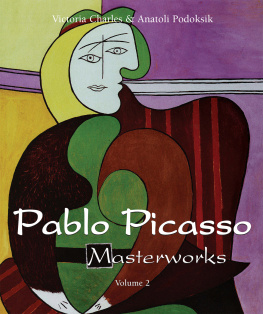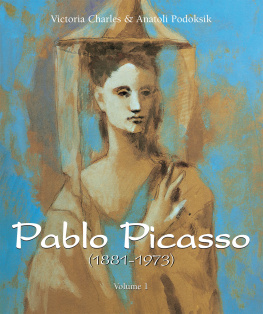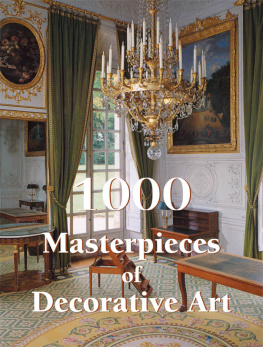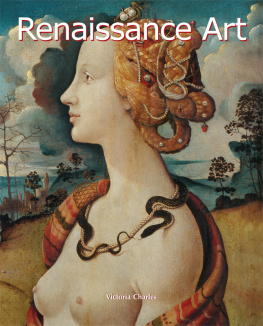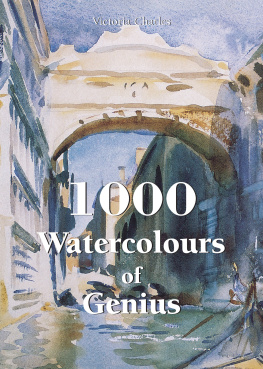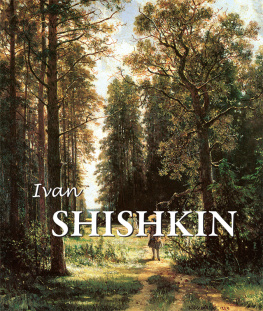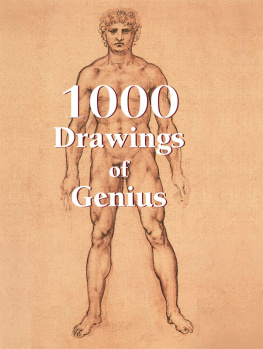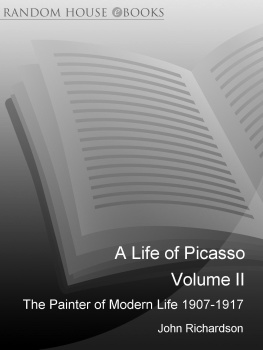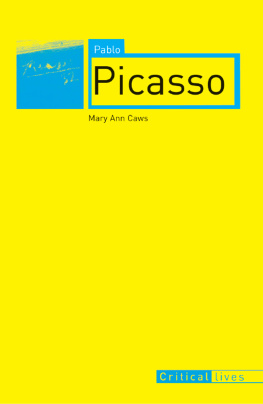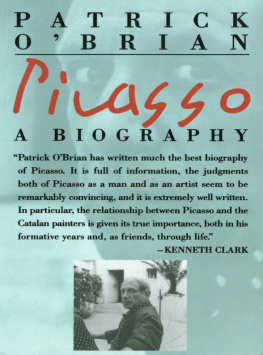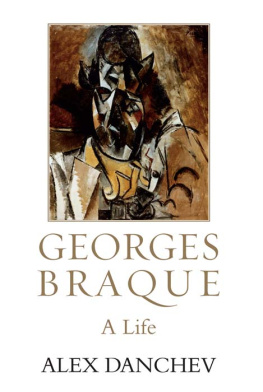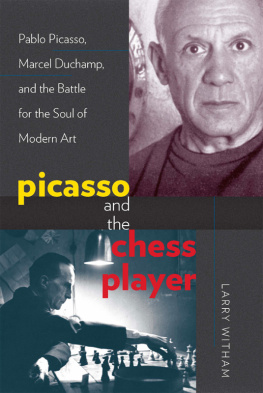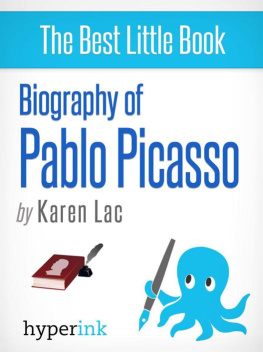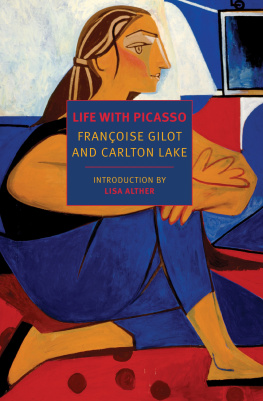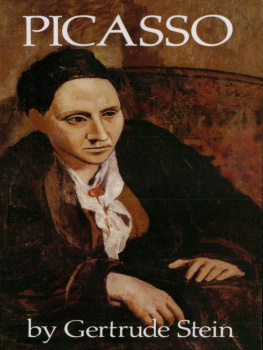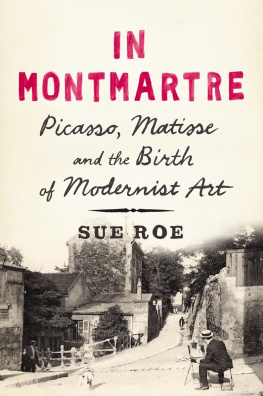Victoria Charles & Anatoli Podoksik
Pablo Picasso
Masterworks

Bull, 1947. Ceramic, reddish clay, 37 x 23 x 37 cm. Muse Picasso, Antibes.


ManRay, Pablo Picasso, 1934. Muse national d'Art moderne, Centre Georges Pompidou, Paris. 2014 Man Ray Trust / Adagp, Paris.
Author:
Victoria Charles & Anatoli Podoksik
Layout:
Baseline Co. Ltd.
61A-63A Vo Van Tan Street
4 th Floor
District 3, Ho Chi Minh City
Vietnam
Confidential Concepts, worldwide, USA
Parkstone Press International, New York, USA
Image Bar www.image-bar.com
Estate of Pablo Picasso, Artists Rights Society (ARS), New York, USA
All rights reserved. No part of this publication may be reproduced or adapted without the permission of the copyright holder, throughout the world. Unless otherwise specified, copyright on the works reproduced lies with the respective photographers, artists, heirs or estates. Despite intensive research, it has not always been possible to establish copyright ownership. Where this is the case, we would appreciate notification.
ISBN: 978-1-78525-706-3
Contents
Barcelona and Paris
1901-1906
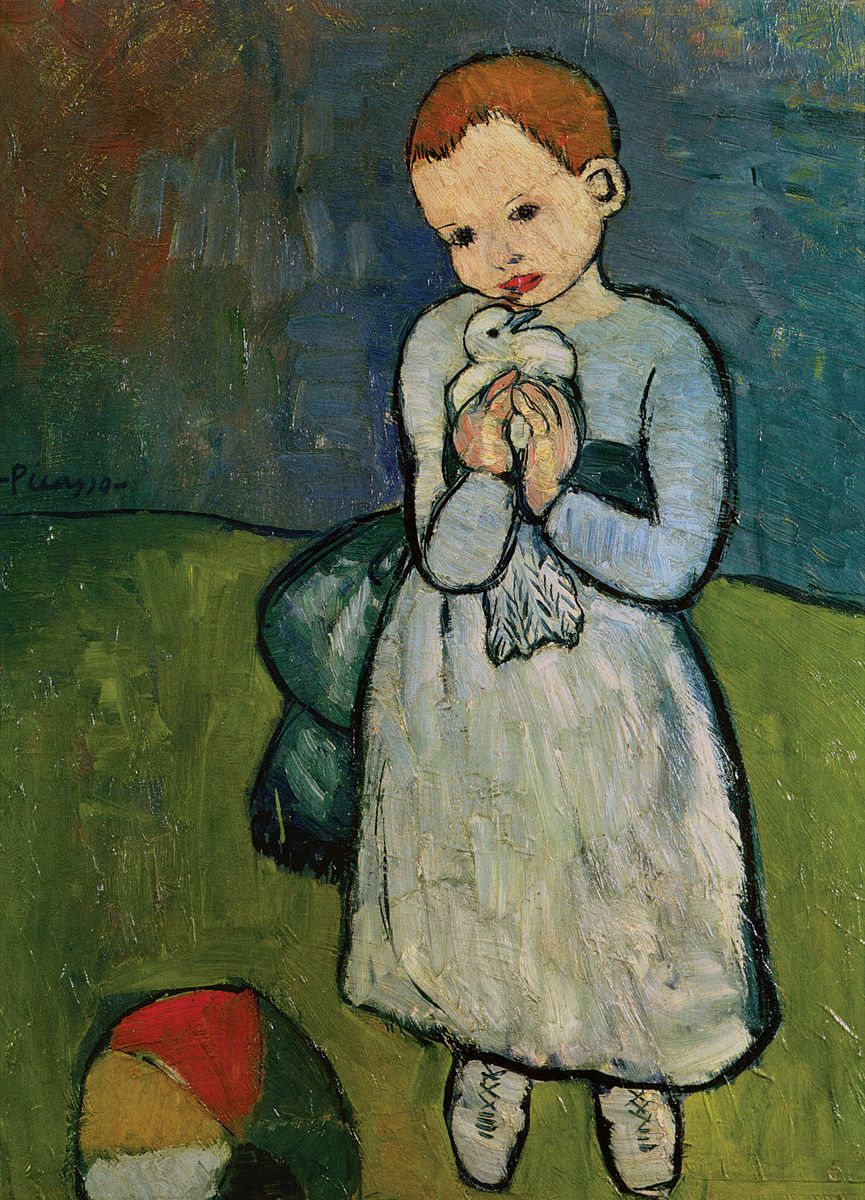
Child with a Dove, 1901. Oil on canvas, 73 x 54 cm. Private collection
Painted when Picasso was twenty, this painting marks one of his first steps towards his artistic maturity. It shows his debts with Post-Impressionist masters, especially Gauguin and Van Gogh, in his choice of pure colours and plain perspective. This tender depiction of a child marks a contrast with the vigorous, sometimes violent, character of his later oeuvre. Although it would not be until many decades later that Picasso would use it as a sign of peace, the dove nursed by the child in this painting can be seen as a premonition of this symbolism.

Yo, Picasso, 1901. Oil on canvas, 73.5 x 60.5 cm. Private collection
This is the portrait of a painter aware of his enormous potential. Picasso embarked on his second trip to Paris, one of the Meccas of modern art, with the promise of an exhibition at Ambroise Vollards gallery. Picasso would exhibit this self-portrait at the show. He depicts himself as a member of the bohemian avant-garde of Montmartre with an ease demonstrated in the vigorous brushstrokes he employs. It is impressive to witness the high opinion Picasso had of himself at such a young age: on the top left-hand corner of the canvas, he emphatically signs Yo, Picasso (I, Picasso).
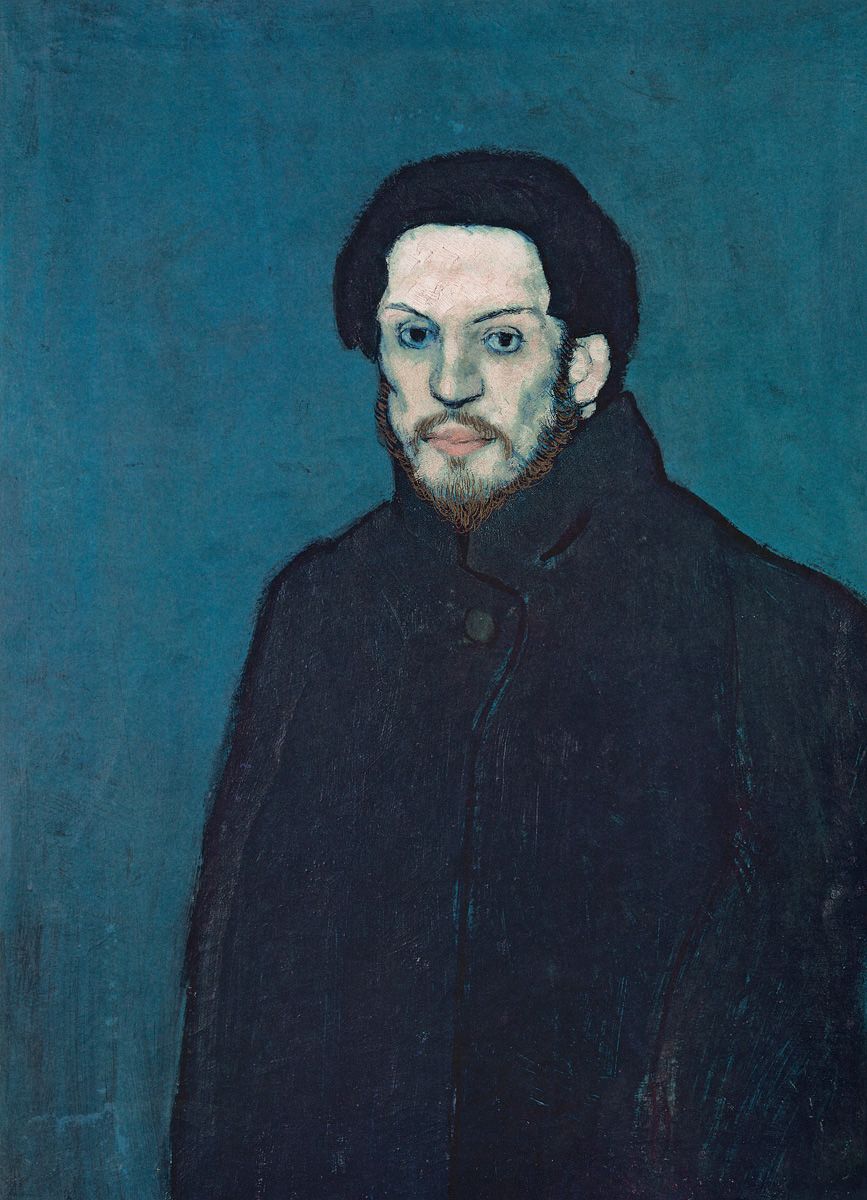
Self-Portrait, 1901. Oil on canvas, 81 x 60 cm. Muse Picasso Paris, Paris
This self-portrait of the artist at the age of twenty is one of the masterpieces that Picasso produced during his Blue Period. During this time (late 1901-1904), Picassos palette became predominantly blue, a colour associated with the melancholy of the themes he depicted throughout these years. In comparison to , this painting is more introspective and haunting. But what is truly remarkable in this comparison is the fact that they were made during the same year. What in many artists would be a life-long evolution took place in Picasso in a matter of months, perhaps weeks. This is the first in a long line of major stylistic shifts in Picassos work.
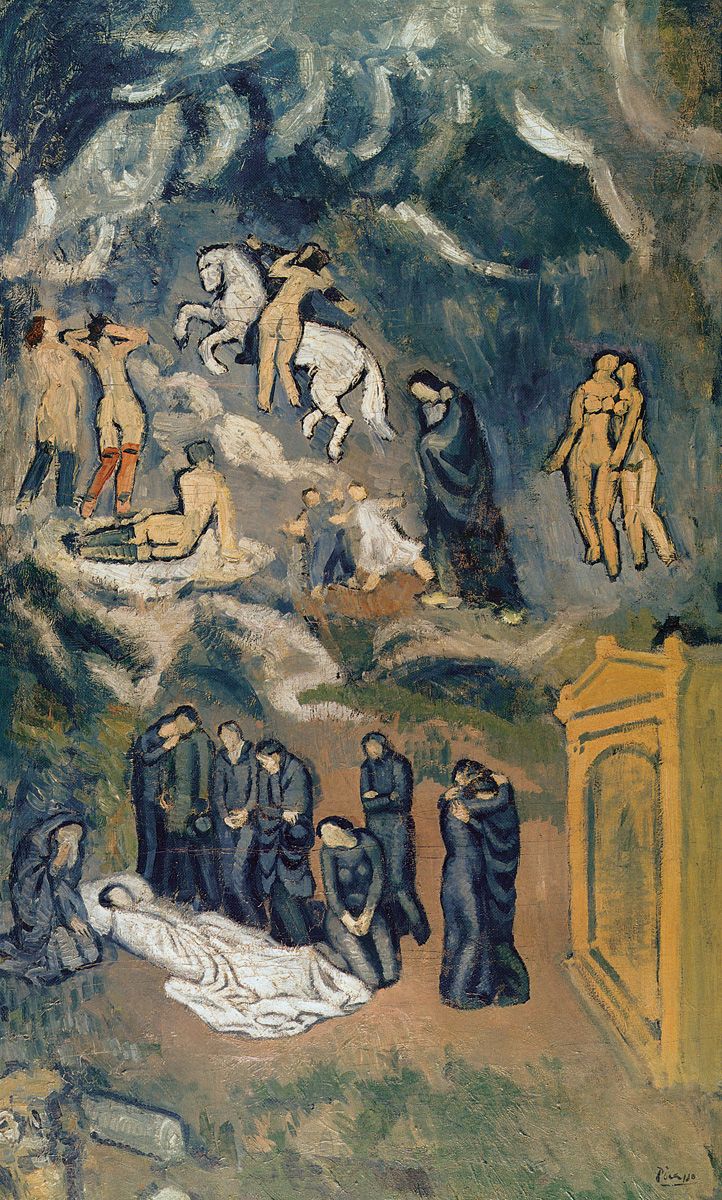
Evocation: The Burial of Casagemas, 1901. Oil on canvas, 150 x 90.5 cm. Muse dArt Moderne de la Ville de Paris, Paris
In February 1901, the artist Carlos Casagemas shot himself in the company of his friends at a Parisian caf after being rejected by a woman whom he was in love with. The twenty-year-old artist was a close friend of Picasso, with whom he shared his studio. Deeply affected, the suicide of Casagemas was one of the episodes that marked the beginning of Picassos Blue Period. Of the various paintings he made relating to the death of his friend, and although he did not attend the funeral, Evocation: The Burial of Casagemas is the most complex. On purely pictorial terms, the composition clearly reminds us of the works of El Greco (consider The Burial of Conde Orgaz), a comparison that Picasso undoubtedly aimed for.
The lower part of the painting depicts the dead Casagemas surrounded by nine mourners. This is repeated in the upper half, where another nine figures some, shockingly, resemble prostitutes weep and watch Casagemas ascending into the heavens riding a white horse. A naked woman kisses him as he extends his arms in the form of a crucifixion. This works symbolism has never fully been explained, but it would seem to place Casagemas as a somewhat heroic figure, the apotheosis of a tragic victim.

La Vie, 1903. Oil on canvas, 196.5 x 129.2 cm. The Cleveland Museum of Art, Cleveland
Possibly the masterwork of Picassos Blue Period, La Vie is an enigmatic painting. A young couple faces an older woman with a baby in her arms. Behind them, two paintings hang on the wall. The young man, who points at the woman, was originally destined to be a self-portrait, but Picasso would later substitute it for the features of Casagemas. The meaning of the composition remains unclear, and opinions range from the theme of sacred and profane love to the cycle of life and the hard conditions of a working-class couple.

Gertrude Stein, 1905-1906. Oil on canvas, 100 x 81.3 cm. The Metropolitan Museum of Art, New York
Gertrude Stein was an American writer who had moved to France in 1903. She and her brothers were avid collectors of modern art, and their Parisian home at 27 rue de Fleurus became a place of reunion for many modern artists and writers, such as Picasso, Matisse, F. Scott Fitzgerald, and Ernest Hemingway. Stein was a great collector of the works of Picasso, and in 1905 he began this portrait of her. He spent much time painting it, only to have the sitter complain after its completion for its lack of resemblance. Picasso prophetically assured her that, in due time, she would end up looking like the painting.
